Yoshida Hiroshi was a Japanese Artist of the Shin Hanga art movement. Shin Hanga means “new prints” in Japanese. The Shin Hanga movement was ideally a revitalisation of the Ukiyo-e art movement. The early 20th century saw a great artist who produced masterpieces in this Japanese block printing style. Yoshida Hiroshi’s work made the viewer feel the scene of the painting. In a sense, he understood “vibes” in a way that many technically proficient painters struggle to do.
Yoshida Hiroshi was a Japanese woodblock printing artist born on the 19th of September 1876. He practised his art in Shin Hanga and Ukiyo-e styles and travelled to the West, where he practised in the United States. He also travelled East, to countries like India and Singapore where he captured fascinating scenes in his work.
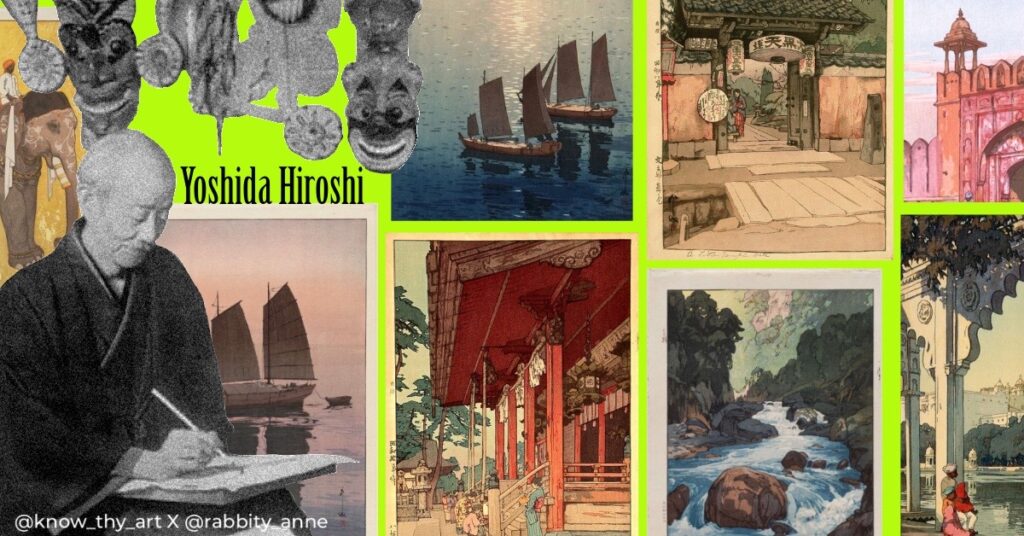
Just like Dorothy in The Wizard of Oz, Hiroshi was an artist who travelled to distant lands only to realise and embrace the value of his home and traditional Japanese art. It is easy for an artist to enjoy a style as an audience and think that they might be good producers of the same style. Yoshida Hiroshi knew that even though he had great admiration for Western styles of painting, he had to be true to his own style. Hiroshi believed in his unique style and honed on it for the rest of his life. On his style of painting, Hiroshi said,
“I never met an artist who was painting works like mine. This realisation made me persevere and develop my own style of painting.”
Yoshida Hiroshi on painters who travelled to the West to practice art and painting
“Those painters became infatuated with Western influences and their painting styles abruptly changed, yet when I saw Western art while overseas, I gained the confidence in maintaining my own style and developing it to the maximum, regardless of what other Japanese painters were doing.” (sic)
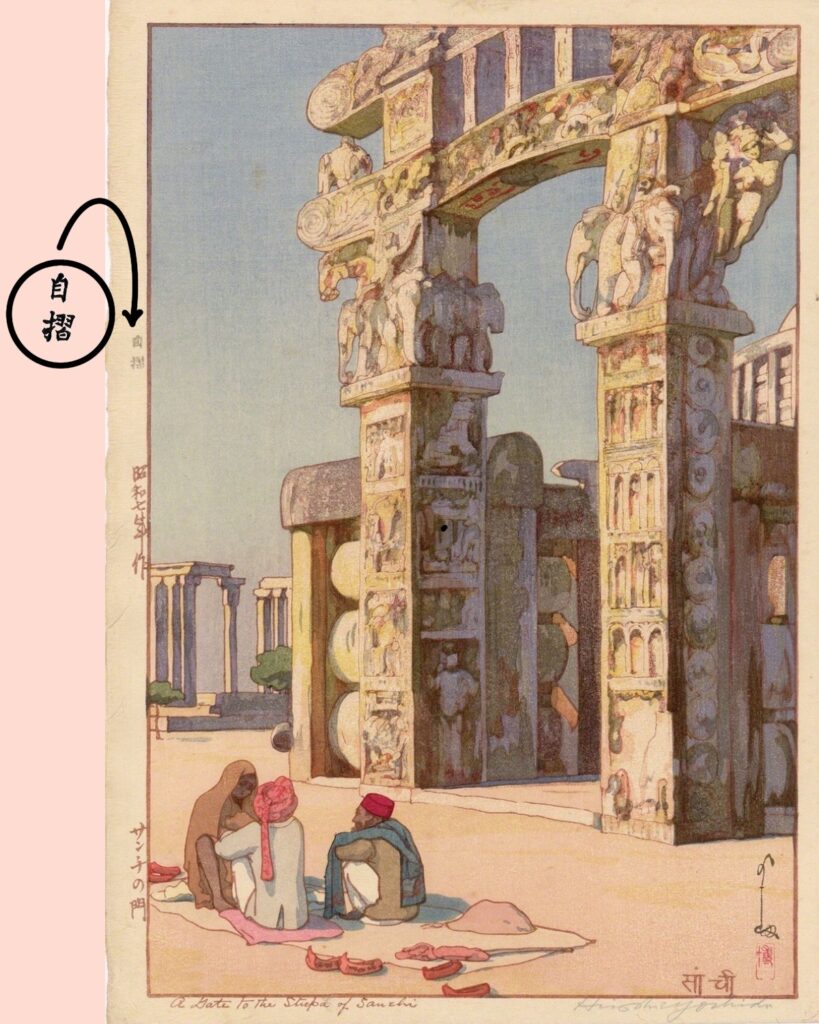
Many of Hiroshi’s prints were lost in the 1923 earthquake in Japan when a shop that sold and displayed his work was completely destroyed. In the true spirit of resilience, Hiroshi not only continued to make more are but worked on every aspect of woodblock printing by himself. Hiroshi made his own wood carvings for block printing along with sketching and painting. He was, therefore, both an artist and an artisan. He would stamp his prints in either the left or right margin with the Jizuri seal. This seal ideally meant that Hiroshi has sketched the stencil, carved the wood, painted and printed the painting almost entirely by himself. Jizuri means “printed by myself”
Yoshida Hiroshi and James McNeill Whistler (Whistler’s Mother) were contemporaries and even shared a common patron. Hiroshi argued against Whistler for saying that “human creations are superior to nature.” In response, Hiroshi said, “Whistler is trying to control nature yet I would rather want to adore nature.”
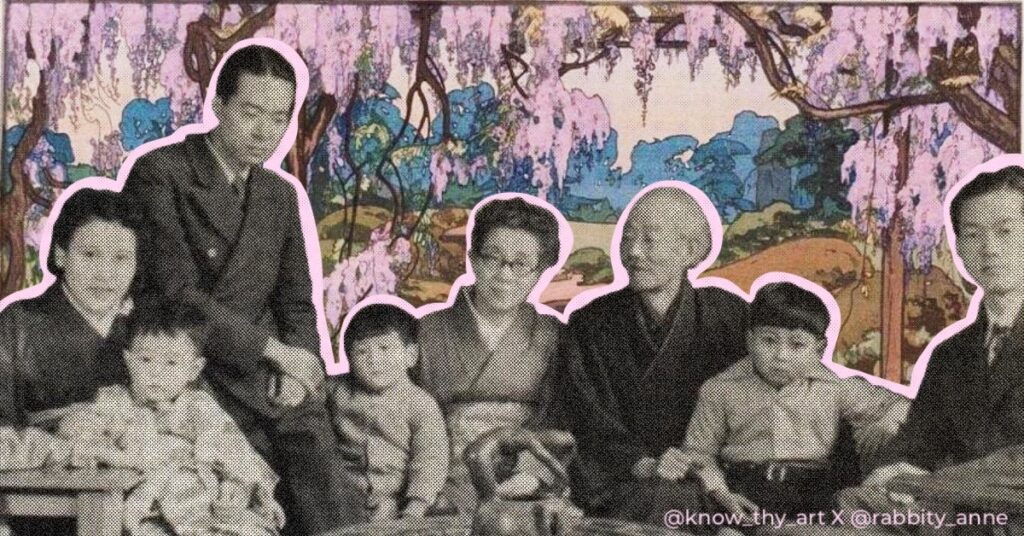
Yoshida Hiroshi spoke of his travels in the United States to the Cleveland Press in an interview. He said,
“In Denver, I met an artist who had a studio on wheels. He’d hitch a horse to the studio, drive it into the mountains and paints snow scenes. He had a stove in the studio and looked at the snow through a window. It was nice snow, they were nice mountains and the clouds above them were nice clouds. The colours used were the proper colours and the light and shadow were all that could be desired, but the pictures didn’t make you shiver. You didn’t feel cold when you looked at them. The artist had missed the spirit of the scene because he was warm in a studio beside a hot stove. You, yourself must be cold if you want to paint the spirit of the winter scenes. That is what we Japanese believe. You must feel what you paint. You must be hungry and miserable if you want to paint hunger and misery. No man who is a traitor in his heart can paint patriotism.”
Perhaps this is why he was known to stay outdoors for hours and even stand in the pouring rain working.
Yoshida Hiroshi’s artistic journey is a testament to the power of passion, dedication, and innovation. His ability to seamlessly blend tradition and modernity, his reverence for nature, and his meticulous attention to detail left an enduring legacy in the world of art. Through anecdotes of his early influences, travels, collaborations, and technical mastery, we gain a deeper understanding of the artist’s profound impact on Japanese art and his role as a bridge between tradition and the ever-evolving world of creativity. Yoshida Hiroshi’s art continues to enchant and inspire, reminding us of the beauty that can be found in the marriage of craftsmanship and artistic vision.
References:
- Excerpts from research by Dr. Robert Steen, Oglethorpe University Professor of Japanese Language and Literature
- Interview quotations from Cleveland Press Archives
- References from A Japanese Legacy: Four Generations of Yoshida Family Artists by Laura W. Allen – Published by Minneapolis Institute of Arts

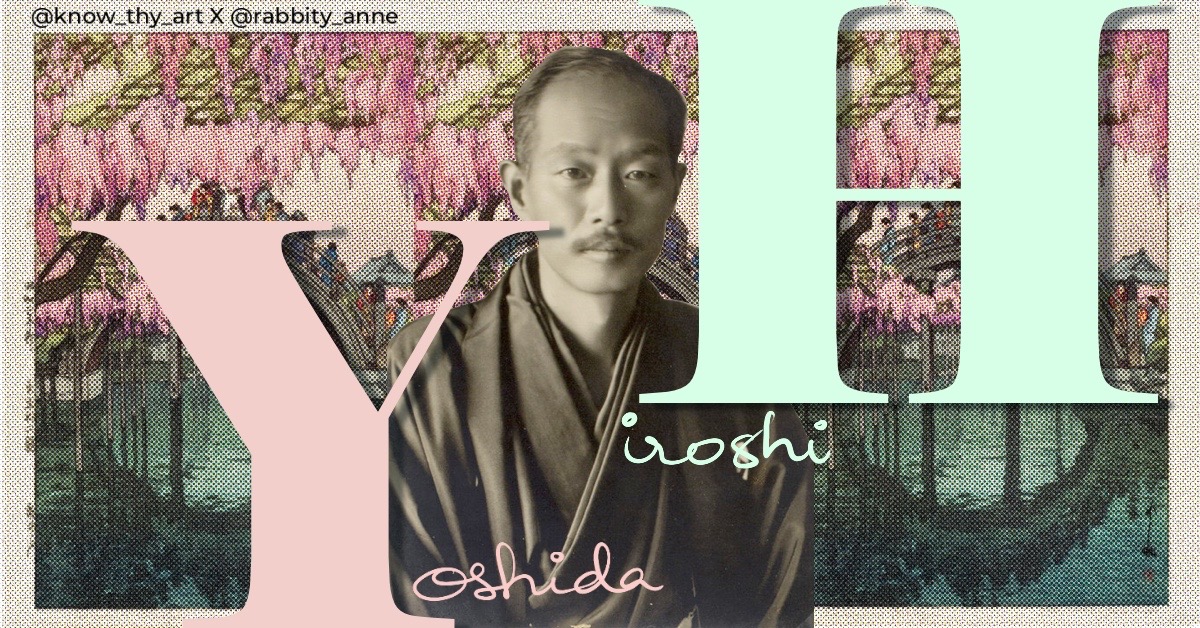


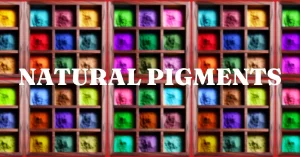


0 Comments